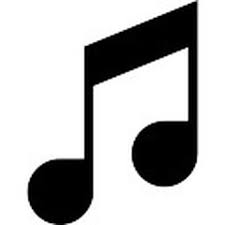|
|
|
|
⨳
|
About arranging / transcribing |
|
This is an interesting topic with several facets. My own thoughts, views and ideas have shifted many times during the 40+ years I've been at it. Now, is there any difference between a transcription and an arrangement? Maybe it's just semantics, but the way I see it; a transcription is done with the ambition of retaining / transferring virtually everything from the original, whereas an arrangement tries to bring about the most important stuff – in order to maintain the musical spirit. Or ideally, to make it seem like music actually written for the guitar. Here's the tricky part: Moving too far away from "transcription" towards "arrangement" involves a risk of losing what was originally the charm of the piece. That's why it is so usefull to be really familiar with the music style at hand, knowing how others have done before – especially those who are / were active in the same time period as the original. Best of all, if there are examples of arrangements from the composer's own hand... My arranging «methods» differ somewhat depending on the material in question. Bach's music has its own very special place in my heart, and so my «bach method» is often more of the transcription type. Especially the bass line gets its well-deserved attention. Now, one difficulty with the solo 6-string guitar is its rather limited tonal range. That makes most guitar arrangements a bit compressed, usually due to the omission of an octave between the top and bottom voices. In most arrangements the highest and lowest voices have priority, and that is a good and natural thing, but this is also often at the expense of any middle voices. That is why it is so nice to make arrangements for two guitars or the 8-stringed guitar. How come there is sometime more than one version of the same piece? Well, often there are several solutions that work well. So, even if I may have a favourite, you decide witch version is better for You. Most of my arrangements include a wealth of fingerings – also for the right hand – and they are the ones that works best for me. Your own alternatives might suite You better. To change key, or not . . . For a single piece I would gladly go for the most guitar idiomatic key, if need be. However, when there are several pieces, like in a suite, of course all movements have the same key-relation as in the original. In other pieces (like keyboard music) I do try to find a good guitar key, but avoid getting into the same D, A or E major / minor for each bit. Variation is always nice. In some cases I publish a piece in more than on key. For example Mallorca, op. 202 by I. Albéniz, there are a Guitar duo in the original key (f#) - mostly in actual pitch. Then, there are solo versions in e, d & a minor, all with varying degree of arranging roughness. ======================================================== |
|
---------------------------
(Back) <‹‹‹‹‹‹⫤
© 2018 Lars-Anders Carlsson. All Rights Reserved.

